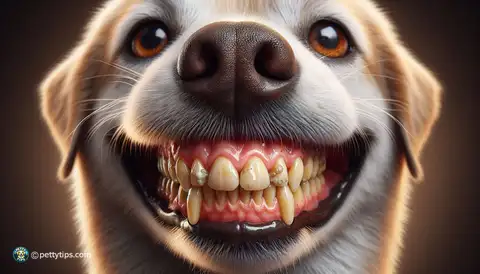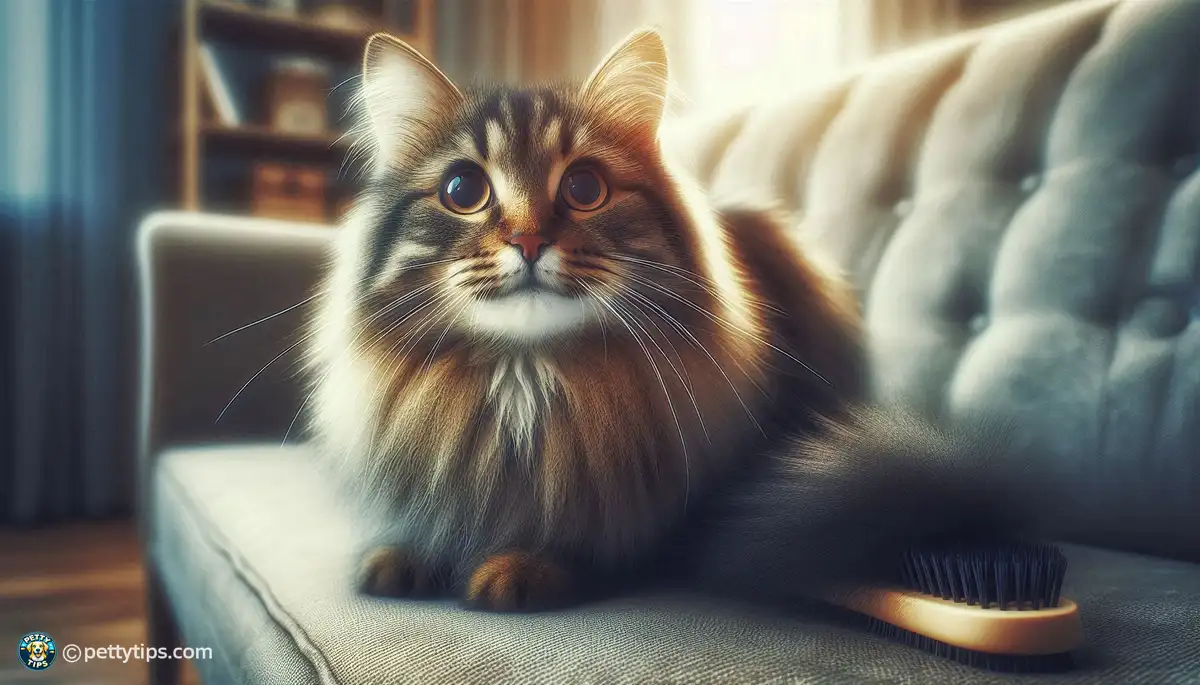
Signs That Your Pet Needs Dental Care
Genevieve Swearingen - Sep 09, 2024 - 8 min read


Regular brushing is not just about keeping your cat looking good; it's a fundamental aspect of maintaining their overall health and well-being. Just like humans, cats need regular grooming to keep their skin and coat healthy. Brushing helps to remove dirt, debris, and loose fur from your cat's coat, preventing matting and tangling. Additionally, it stimulates the production of natural oils in their skin, which helps to keep their coat shiny and soft. By incorporating brushing into your cat's grooming routine, you can significantly reduce the risk of skin issues such as dandruff and hot spots.
One of the most common grooming issues that cats face is hairballs. When cats groom themselves, they inevitably ingest some of their fur, which can accumulate in their stomach and form hairballs. regular brushing helps to remove loose fur from your cat's coat before they have a chance to ingest it, reducing the likelihood of hairball formation. This is especially important for long-haired breeds, which are more prone to developing hairballs. By brushing your cat regularly, you can help to prevent this uncomfortable and potentially dangerous issue.
Brushing isn't just about maintaining your cat's physical health; it's also a valuable opportunity to bond with them. Many cats enjoy the sensation of being brushed, finding it relaxing and comforting. By spending time grooming your cat, you can strengthen your bond with them and deepen your relationship. This is particularly beneficial for cats that may be shy or anxious, as grooming can help to build trust and confidence. So, next time you reach for the brush, think of it as more than just a grooming tool; it's a chance to connect with your furry friend.
Before you start brushing your cat, it's essential to understand their specific coat type. Different breeds have different grooming needs, so what works for one cat may not be suitable for another. For example, long-haired breeds like Persians require daily brushing to prevent matting and tangling, while short-haired breeds like Siamese may only need to be brushed once a week. Take the time to research your cat's breed and consult with your veterinarian or a professional groomer to determine the best brush for their coat type.
When it comes to choosing a brush for your cat, there are several options available, each with its own benefits. Slicker brushes are ideal for removing loose fur and preventing matting in long-haired cats, while bristle brushes are better suited to short-haired breeds. Additionally, deshedding tools can be helpful for reducing shedding in cats with thick coats. Whichever brush you choose, make sure it's comfortable for both you and your cat to use. Look for brushes with soft bristles or rubber tips to avoid causing discomfort or irritation.
If your cat is not accustomed to being brushed, it's essential to introduce the brush gradually and positively. Start by letting your cat sniff and inspect the brush before gently brushing them for short periods. Use treats and praise to reward them for good behavior and gradually increase the length and frequency of brushing sessions. Patience is key when it comes to grooming your cat, so take your time and be gentle and reassuring throughout the process. With patience and persistence, even the most reluctant cat can learn to enjoy being brushed.
To reap the benefits of regular brushing, it's important to establish a consistent grooming routine for your cat. Aim to brush them at least once a day, or more frequently if they have a long or thick coat. Choose a time when your cat is relaxed and calm, such as after a meal or a nap, to make the experience more enjoyable for both of you. Consistency is key when it comes to grooming, so try to stick to your brushing schedule as much as possible.
To make brushing a positive experience for your cat, it's essential to approach it with patience and positivity. Use treats and praise to reward them for good behavior during brushing sessions and be gentle and reassuring throughout the process. If your cat seems anxious or uncomfortable, take a break and try again later, or consider consulting with a professional groomer for advice. The more positive associations your cat has with brushing, the more likely they are to cooperate and even enjoy the experience.
Regular brushing not only helps to keep your cat's coat looking its best but also allows you to monitor their overall health. While grooming your cat, take the opportunity to check for any lumps, bumps, or skin abnormalities, as well as signs of parasites such as fleas or ticks. Additionally, pay attention to any changes in your cat's behavior or grooming habits, as these could indicate underlying health issues. By staying vigilant and proactive about your cat's grooming and health, you can catch potential problems early and ensure they receive the care they need.